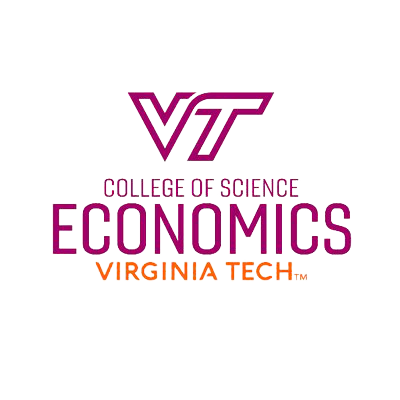
Primary Fields:
Public Choice, Analyses of Voting
Secondary Field:
Applied Microeconomics
Expected Graduation Date:
May 2022
Dissertation Committee:
Dr. Nicolaus Tideman (Primary)
ntideman@vt.edu
Dr. Richard Ashley
ashleyr@vt.edu
Dr. Eric Bahel
erbahel@vt.edu
Dr. Florenz Plassmann
plassmann@ohio.edu
I am a Ph.D. candidate in Economics at Virginia Tech. My research field is public choice and voting. My work is mainly about evaluating voting rules and estimating voting paradoxes by empirical modeling. This can shed light on finding the next "standard" of voting rules other than Plurality. I am also interested in techniques to capture the distribution of persons' preferences from the data and human behavior.
I hold a master's degree and a bachelor's degree in Economics from Sungkyunkwan University. Back then, I was into studying applied microeconomics and communication games.
The Frequency of Cycles and Condorcet Inconsistency with IRV in FairVote and Politbarometer Data
abstract
Normal Spatial Model with Four Candidates in Three Dimensions: Parameterization and Approximation
abstract

Inferring the Network within Korean Congressmembers Based on Their Propositions (with Dongwoo Lee and Sunjin Kim)
abstract
Any comments or advices related to my work? Interesting idea to discuss?
Your valuable opinion is always welcome!: cgsong86@vt.edu
